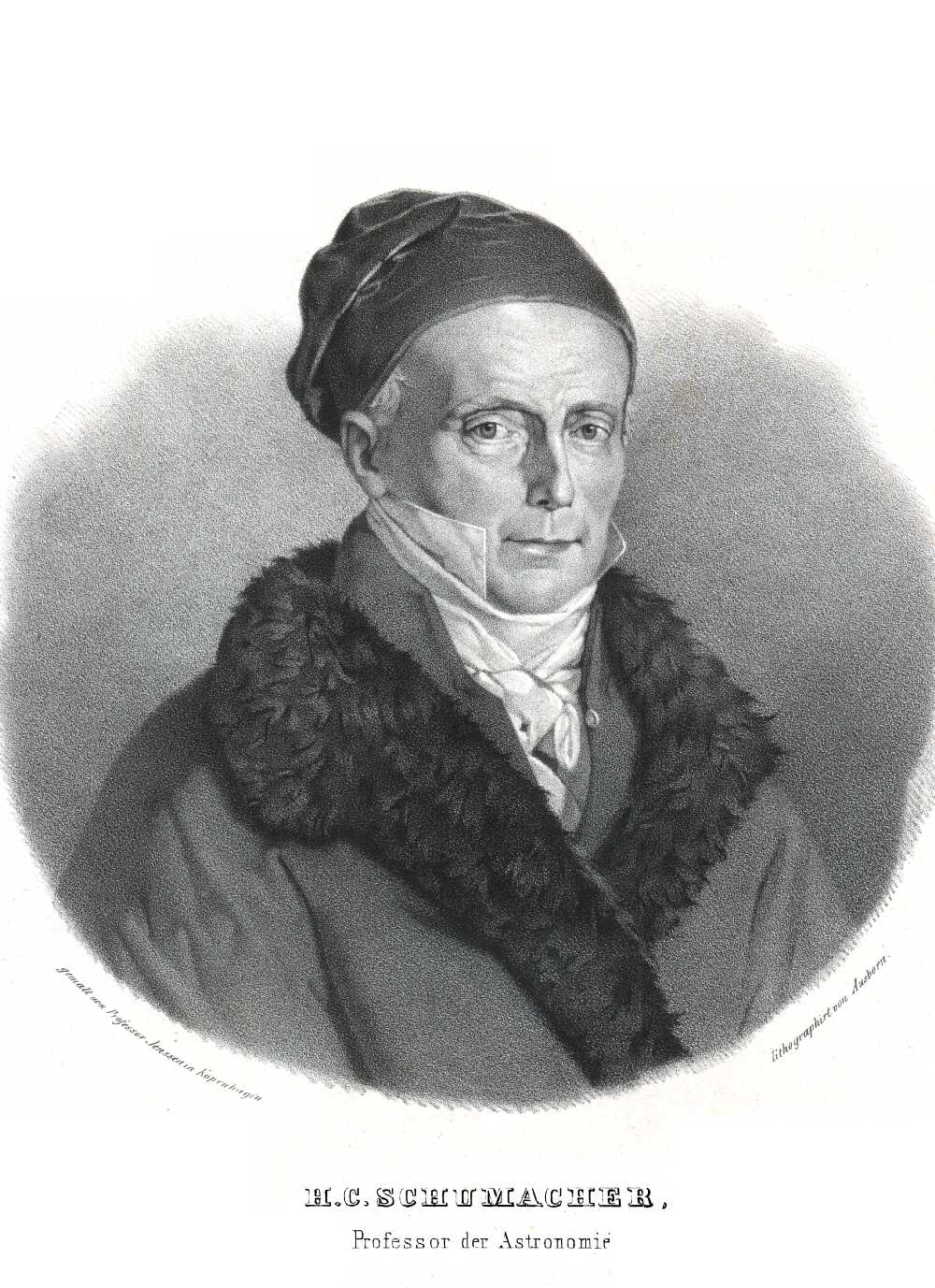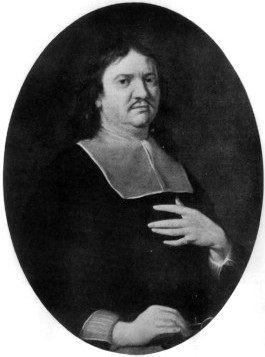|
Cepheid Variables,
A Cepheid variable () is a type of star that pulsates radially, varying in both diameter and temperature and producing changes in brightness with a well-defined stable period and amplitude. A strong direct relationship between a Cepheid variable's luminosity and pulsation period established Cepheids as important indicators of cosmic benchmarks for scaling galactic and extragalactic distances. This robust characteristic of classical Cepheids was discovered in 1908 by Henrietta Swan Leavitt after studying thousands of variable stars in the Magellanic Clouds. This discovery allows one to know the true luminosity of a Cepheid by simply observing its pulsation period. This in turn allows one to determine the distance to the star, by comparing its known luminosity to its observed brightness. The term ''Cepheid'' originates from Delta Cephei in the constellation Cepheus, identified by John Goodricke in 1784, the first of its type to be so identified. The mechanics of stellar pul ... [...More Info...] [...Related Items...] OR: [Wikipedia] [Google] [Baidu] |
Sergei Alexandrovich Zhevakin
Sergei Alexandrovich Zhevakin (russian: Серге́й Александрович Жевакин) (April 11, 1916 – February 21, 2001) was a Russian astronomer. Zhevakin is credited for identifying ionized helium as the valve for the heat engine that drives the pulsation of Cepheid variable stars.Zhevakin, S. A.,Physical Basis of the Pulsation Theory of Variable Stars, ''Annual Review of Astronomy and Astrophysics'', v.1, p.367–400 (1963) Early life and education S. A. Zhevakin was born on April 11, 1916 in Moscow. The family moved to Nizhny Novgorod in the late 1920s. Zhevakin graduated from N. I. Lobachevsky State University of Nizhny Novgorod in 1939, and, after two years of working at various local factories, entered a graduate program in 1941. However, because of the invasion of Nazi Germany Nazi Germany (lit. "National Socialist State"), ' (lit. "Nazi State") for short; also ' (lit. "National Socialist Germany") (officially known as the German Reich from 19 ... [...More Info...] [...Related Items...] OR: [Wikipedia] [Google] [Baidu] |
Harlow Shapley
Harlow Shapley (November 2, 1885 – October 20, 1972) was an American scientist, head of the Harvard College Observatory (1921–1952), and political activist during the latter New Deal and Fair Deal. Shapley used Cepheid variable stars to estimate the size of the Milky Way Galaxy and the Sun's position within it by using parallax.Bart J. Bok. Harlow Shapely 1885–1972 A Biographical Memoir. National Academy of Sciences In 1953 he proposed his "liquid water belt" theory, now known as the concept of a habitable zone.Richard J. Hugget, ''uGeoecology: an evolutionary approach''. p. 10 Background Shapley was born on a farm five miles outside Nashville, Missouri, to Willis and Sarah (née Stowell) Shapley. He went to school in Jasper, Missouri, but not beyond elementary school. He worked as a journalist after studying at home and covering crime stories as a newspaper reporter for the ''Daily Sun'' in Chanute, Kansas, and intermittently for the ''Times'' of Joplin, Missouri. In Chanu ... [...More Info...] [...Related Items...] OR: [Wikipedia] [Google] [Baidu] |
Astronomische Nachrichten
''Astronomische Nachrichten'' (''Astronomical Notes''), one of the first international journals in the field of astronomy, was established in 1821 by the German astronomer Heinrich Christian Schumacher. It claims to be the oldest astronomical journal in the world that is still being published. The publication today specializes in articles on solar physics, extragalactic astronomy, cosmology, geophysics, and instrumentation for these fields. All articles are subject to peer review. Early history The journal was founded in 1821 by Heinrich Christian Schumacher,''Publications of the Astronomical Society of the Pacific'', page 60, v.7 (1895) under the patronage of Christian VIII of Denmark, and quickly became the world's leading professional publication for the field of astronomy. Schumacher edited the journal at the Altona Observatory, then under the administration of Denmark, later part of Prussia, and today part of the German city of Hamburg. Schumacher edited the first 31 issue ... [...More Info...] [...Related Items...] OR: [Wikipedia] [Google] [Baidu] |
Ejnar Hertzsprung
Ejnar Hertzsprung (; Copenhagen, 8 October 1873 – 21 October 1967, Roskilde) was a Danish chemist and astronomer. Career Hertzsprung was born in Frederiksberg, Denmark, the son of Severin and Henriette. He studied chemical engineering at Copenhagen Polytechnic Institute, graduating in 1898. After spending two years working as a chemist in St. Petersburg, in 1901 he studied photochemistry at Leipzig University for a year. His father was an amateur astronomy, which led to Ejnar's interest in the subject. He began making astronomical observations in Fredericksberg in 1902, and within a few years had noticed that stars with similar spectral type could have widely different absolute magnitudes. In 1909, he took a position at the Göttingen Observatory under director Karl Schwarzschild. In 1911 Hertzsprung developed the Hertzsprung–Russell diagram, independently developed in 1913 by Henry Norris Russell. In 1913 Hertzsprung determined the distances to several Cepheid variable st ... [...More Info...] [...Related Items...] OR: [Wikipedia] [Google] [Baidu] |
Harvard College Observatory Circular
The Harvard College Observatory (HCO) is an institution managing a complex of buildings and multiple instruments used for astronomical research by the Harvard University Department of Astronomy. It is located in Cambridge, Massachusetts, United States, and was founded in 1839. With the Smithsonian Astrophysical Observatory, it forms part of the Center for Astrophysics Harvard & Smithsonian. HCO houses a collection of approximately 500,000 astronomical plates taken between the mid-1880s and 1989 (with a gap from 1953–1968). This 100-year coverage is a unique resource for studying temporal variations in the universe. The Digital Access to a Sky Century @ Harvard project is digitally scanning and archiving these photographic plates. History In 1839, the Harvard Corporation voted to appoint William Cranch Bond, a prominent Boston clockmaker, as "Astronomical Observer to the University" (at no salary). This marked the founding of the Harvard College Observatory. HCO's first teles ... [...More Info...] [...Related Items...] OR: [Wikipedia] [Google] [Baidu] |
Annals Of The Astronomical Observatory Of Harvard College
The Harvard College Observatory (HCO) is an institution managing a complex of buildings and multiple instruments used for astronomical research by the Harvard University Department of Astronomy. It is located in Cambridge, Massachusetts, United States, and was founded in 1839. With the Smithsonian Astrophysical Observatory, it forms part of the Center for Astrophysics Harvard & Smithsonian. HCO houses a collection of approximately 500,000 astronomical plates taken between the mid-1880s and 1989 (with a gap from 1953–1968). This 100-year coverage is a unique resource for studying temporal variations in the universe. The Digital Access to a Sky Century @ Harvard project is digitally scanning and archiving these photographic plates. History In 1839, the Harvard Corporation voted to appoint William Cranch Bond, a prominent Boston clockmaker, as "Astronomical Observer to the University" (at no salary). This marked the founding of the Harvard College Observatory. HCO's first tele ... [...More Info...] [...Related Items...] OR: [Wikipedia] [Google] [Baidu] |
ζ Geminorum
Zeta Geminorum (ζ Geminorum, abbreviated Zeta Gem, ζ Gem) is a bright star with cluster components, distant optical components and a likely spectroscopic partner in the zodiac constellation of Gemini — in its south, on the left 'leg' of the twin Pollux. It is a classical Cepheid variable star, of which over 800 have been found in our galaxy. As such its regular pulsation and luminosity (proven in its class to correspond) and its relative proximity means the star is a useful calibrator in computing the cosmic distance ladder. Based on parallax measurements, it is approximately 1,200 light-years from the Sun. Zeta Geminorum is the primary or 'A' component of a multiple star system designated WDS J07041+2034. It bears traditional name Mekbuda, usually anglicised to . Nomenclature ''ζ Geminorum'' ( Latinised to ''Zeta Geminorum'') is the star's Bayer designation. WDS J07041+2034 A is its designation in the Washington Double Star Catalog. The designations of the two c ... [...More Info...] [...Related Items...] OR: [Wikipedia] [Google] [Baidu] |
Adam & Charles Black
A & C Black is a British book publishing company, owned since 2002 by Bloomsbury Publishing. The company is noted for publishing ''Who's Who'' since 1849. It also published popular travel guides and novels. History The firm was founded in 1807 by Charles and Adam Black in Edinburgh. In 1851, the company purchased the copyrights to Sir Walter Scott's ''Waverly'' novels for £27,000. The company moved to the Soho district of London in 1889. During the years 1827–1903 the firm published the seventh, eighth and ninth editions of the ''Encyclopædia Britannica''. This was purchased from Archibald Constable after his company's failure to publish the seventh edition of the encyclopedia. Adam Black retired in 1870 due to his disapproval of his sons' extravagant plans for its ninth edition. This edition, however, would sell half a million sets and was released in 24 volumes from 1875 to 1889. Beginning in 1839, the firm published a series of travel guides known as ''Black's Guides ... [...More Info...] [...Related Items...] OR: [Wikipedia] [Google] [Baidu] |
Philosophical Transactions Of The Royal Society Of London
''Philosophical Transactions of the Royal Society'' is a scientific journal published by the Royal Society. In its earliest days, it was a private venture of the Royal Society's secretary. It was established in 1665, making it the first journal in the world exclusively devoted to science, and therefore also the world's longest-running scientific journal. It became an official society publication in 1752. The use of the word ''philosophical'' in the title refers to natural philosophy, which was the equivalent of what would now be generally called ''science''. Current publication In 1887 the journal expanded and divided into two separate publications, one serving the physical sciences ('' Philosophical Transactions of the Royal Society A: Mathematical, Physical and Engineering Sciences'') and the other focusing on the life sciences ('' Philosophical Transactions of the Royal Society B: Biological Sciences''). Both journals now publish themed issues and issues resulting from pap ... [...More Info...] [...Related Items...] OR: [Wikipedia] [Google] [Baidu] |
Philosophical Transactions Of The Royal Society
''Philosophical Transactions of the Royal Society'' is a scientific journal published by the Royal Society. In its earliest days, it was a private venture of the Royal Society's secretary. It was established in 1665, making it the first journal in the world exclusively devoted to science, and therefore also the world's longest-running scientific journal. It became an official society publication in 1752. The use of the word ''philosophical'' in the title refers to natural philosophy, which was the equivalent of what would now be generally called ''science''. Current publication In 1887 the journal expanded and divided into two separate publications, one serving the physical sciences ('' Philosophical Transactions of the Royal Society A: Mathematical, Physical and Engineering Sciences'') and the other focusing on the life sciences ('' Philosophical Transactions of the Royal Society B: Biological Sciences''). Both journals now publish themed issues and issues resulting from pap ... [...More Info...] [...Related Items...] OR: [Wikipedia] [Google] [Baidu] |
Eta Aquilae
Eta Aquilae (η Aql, η Aquilae) is the Bayer designation for a multiple star in the equatorial constellation of Aquila, the eagle. It was once part of the former constellation Antinous. On average, this star has an apparent visual magnitude of 3.87, making it one of the brighter members of Aquila. Based upon parallax measurements made during the Hipparcos mission, this star is located at a distance of roughly , although the parallax estimate has a 44% margin of error. System The η Aquilae system contains at least two stars, probably three. The primary star η Aql A is by far the brightest and dominates the spectrum. An ultraviolet excess in the spectral energy distribution suggest the presence of a faint hot companion, η Aql B, which has been given a spectral type of B8.9 V. The fractional spectral type is an artefact of the mathematics used to model the spectrum, not an indication of any specific spectral features that would be intermediate between B8 and B9. Radial ... [...More Info...] [...Related Items...] OR: [Wikipedia] [Google] [Baidu] |






